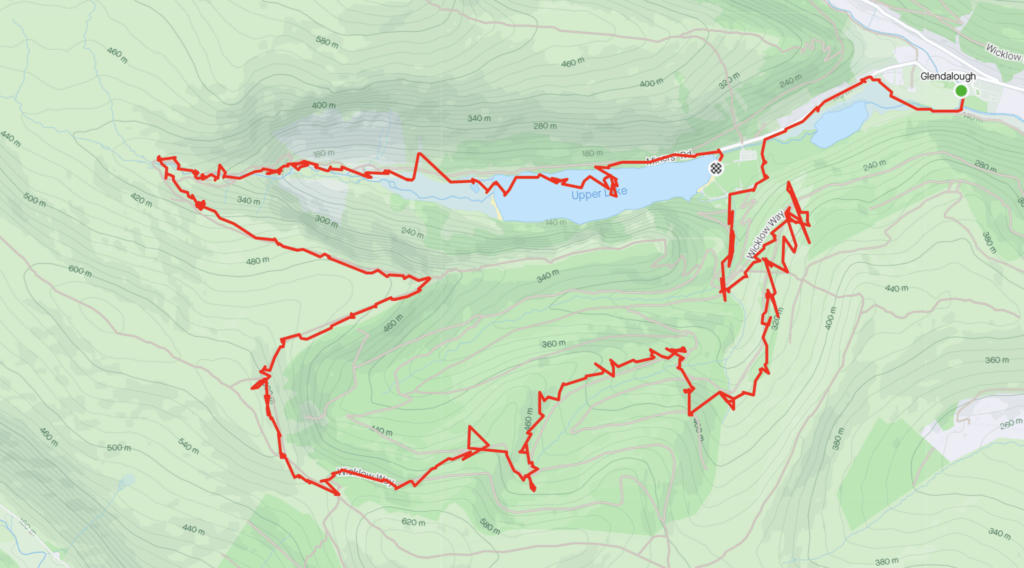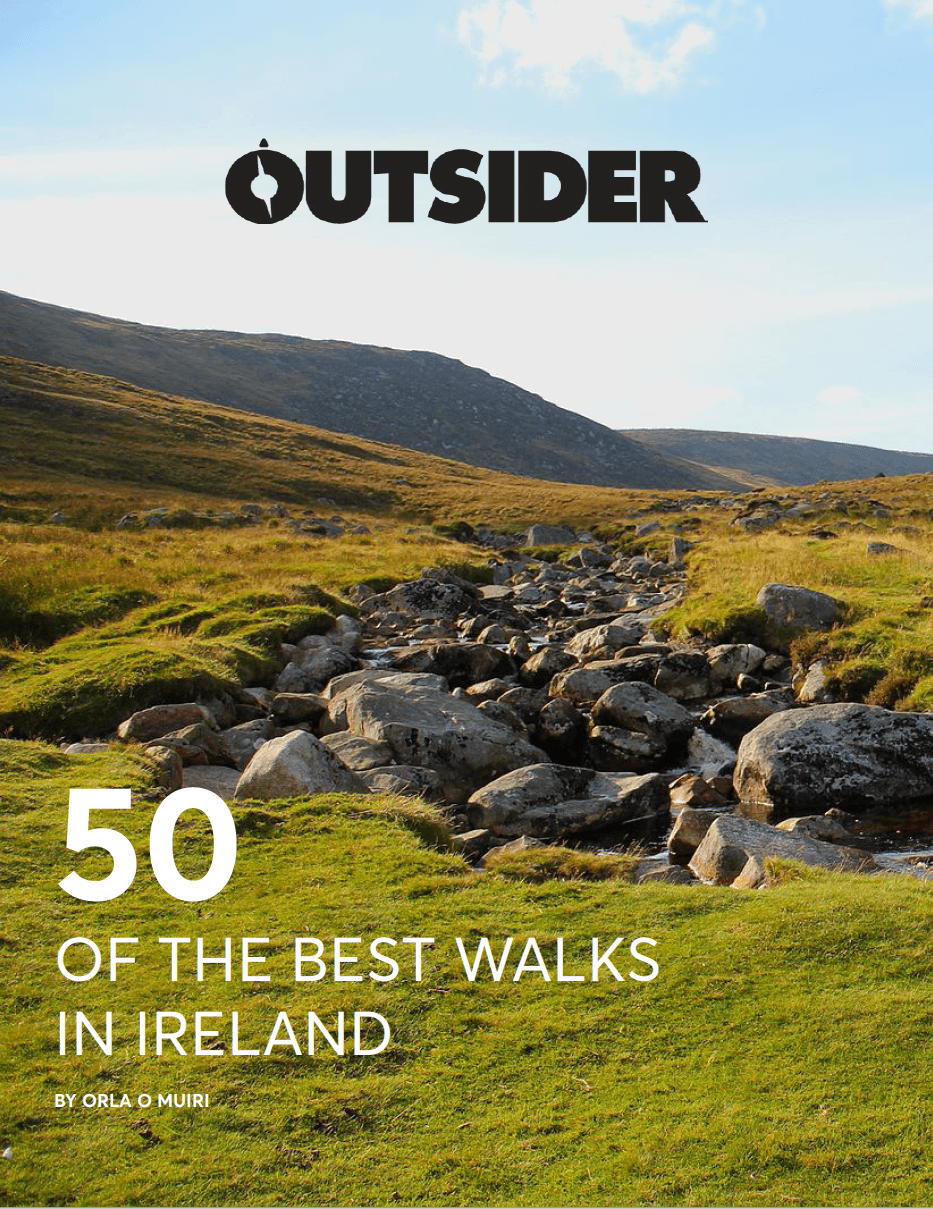Have you ever completed a run with a friend only to have to run laps of the carpark to match your friend’s distance? None of us like being cheated out of distance in our runs. Here is what’s going on!
GPS Accuracy

The simple answer is that your GPS traces are slightly different. Things like GPS drift, GPS signal loss (due to interference such as trees), or a ‘jumpy’ GPS track can cause your activity to report a different distance from your friend.
How to fix it?
- Make sure your watch is running the most up-to-date software available. in the app for your GPS watch, you should be able to check if you are running the most up-to-date software. This is a free way of improving the user experience on your watch and making sure that your stats are as accurate as possible straight away.
- Check your GPS settings. Some watches will have different satellite capabilities. On some watches, you can enable “GPS + GLONASS” (Russian Satelite System) or “GPS + Galileo” (European Satelite System). While these settings might result in a slight increase in battery usage, 1% per hour or so, some people report improved accuracy on trails, wooded paths, in cities, and in other situations with poor sky visibility where “GPS only” may struggle.
- If all else fails and you still find yourself running laps of the carpark, you can correct the distance on Strava afterwards. popular running in cycling app Strava allows you to update the distance of your Activity based on Strava’s maps. This is usually quite an accurate fallback if you keep getting inaccurate stats from your watch.
What about elevation?

If you find that you have similar problems with your elevation readings read on! The total elevation for your activity is measured in different ways to depending on the watch that you have. Some entry-level and intermediate watches calculate the elevation based on GPS data. As we explained above this data can sometimes be inaccurate which will result in elevation readings also being off. Some more modern or high-end watches have a built-in barometric altimeter which calculates elevation change to based off atmospheric pressure. This method is extremely accurate, is not reliant on accurate GPS data, and we’ll often include the accumulation of minor changes that would not be calculated using GPS.
How to fix it?
If your watch does not have a barometer and you are still getting inaccurate stats all you can do is correct it after the fact. Strava Garmin Connect and other applications all can edit your data, Strava even can correct it based on Strava map data similar to distance correction.
If your watch does have a barometer and it is giving you inaccurate stats consider restarting your watch or contacting the manufacturer as your barometer might be faulty.
Recommend for you
Outsider Trail Running Community











